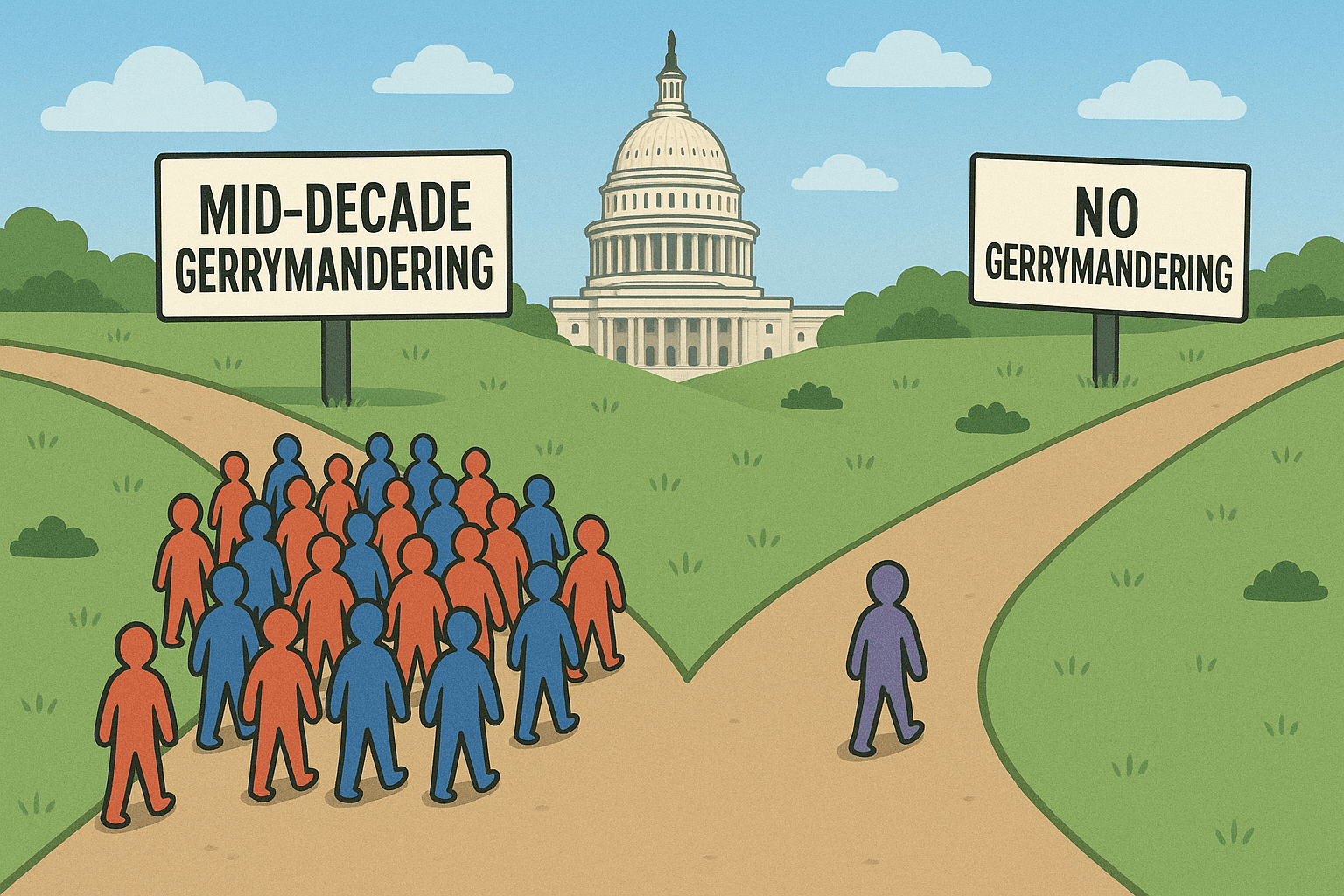2 Ways California Could Expand Voter Choice in Elections

California's existing election system for Congress and state office could be improved with the following ideas.
The problem with the status quo is that ever since it went into effect in 2011, there has been very limited choice on the November ballot. So far, no independent or minor party candidate has appeared on the November ballot for statewide office. Each statewide office in November has been between one Democrat and one Republican, with no write-in space.
In November 2014, California voters were the only voters in the nation who had to vote for either a Democrat or a Republican for statewide office, or they couldn't vote at all. The only minor party candidates that have qualified for the November ballot under the top-two system were three in 2012 and three in 2014, all in legislative or U.S. House races in which only one major party member was running, so that it was impossible for the minor party member not to place second and thereby qualify for the general election.
On the other hand, the existing system lets any voter vote for any candidate in June.There are several ways to improve the system, to keep the freedom of choice in the primary and yet expand choice in the general election.
ONE: abolish primaries, as Louisiana has done. Louisiana only has a general election, and all candidates run in that general election. 85% of the time, someone gets 50% or more in November and is elected. But when no one gets 50%, Louisiana holds a runoff in December. Louisiana uses instant runoff voting for overseas absentee ballots, which makes it possible to hold the two elections that close together.
That system keeps everybody happy. No one is excluded from campaigning and running in the general election season when voters are most engaged.
During the last few years in Louisiana, the Libertarian Party and the Constitution Party has elected some local office candidates. Libertarian registration has been growing fast in Louisiana and is now above 10,000. The Green Party and the Reform Party are also ballot-qualified and their members can run for anything in the fall campaign season, just by paying a modest filing fee.
California could improve on the Louisiana system by providing instant runoff voting, or approval voting, for all voters, so that no December runoff would be needed.
TWO: restore the blanket primary. California used a blanket primary in 1998 and 2000, and also California used a blanket primary for all special congressional and legislative elections from 1967 through 2010.
A blanket primary has a single primary ballot, and all candidates appear on the ballot. The top vote-getter from each party automatically goes on the November ballot. Independent candidates can be handled in various ways.
In California special elections, all independent candidates ran in the primary, but they all were automatically put on the runoff ballot as well. In regularly scheduled elections, California independent candidates did not appear on the primary ballot, but petitioned onto the November ballot. The advantage of that is it permits a candidate to enter the race as late as August of an election year.
It is true that the U.S. Supreme Court invalidated California's blanket primary in 2000, in California Democratic Party v Jones. However, the blanket primary can be made constitutional if it is voluntary. The law could provide that parties either nominate with a blanket primary, or else they are free to nominate candidates by convention at their own expense.
All Republican Party attempts to invalidate open primaries in Montana, Utah, South Carolina, and Virginia have failed, so far, because the law in those states lets the Republican Party nominate by convention at its own expense if it doesn't like the primary system (although, for Montana, that is only true for party office, not public office).
The blanket primary was very popular in California. The initiative for a blanket primary, Prop. 198, passed with 59% in 1996. It passed in every county.Turnout in both primaries and general elections during the blanket primary years was fairly high: In November 1998, turnout was 57.6% of registered voters; in November 2000, 70.9% of registered voters. In the 1998 primary, 42.5%; in the 2000 primary, 53.9%.
In the top-two years, the general election turnout (percentage of registered voters) was 72.4% in 2012, and 42.2% in 2014. In top-two years, primary turnout was 31.1% in 2012 and 25.2% in 2014. Turnout between November 2010 and November 2014 declined more in California than any other state.
Whereas in November 2010 California voters had six parties to choose from on their statewide ballot, in November 2014, they only had two, and that clearly motivated some people not to vote in November. Californians want lots of choices in both the primary and the general election.
Photo Credit: Joseph Sohm / Shutterstock.com




